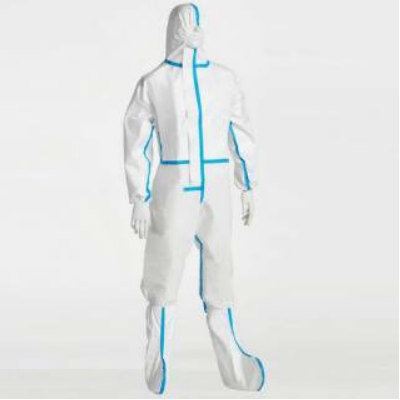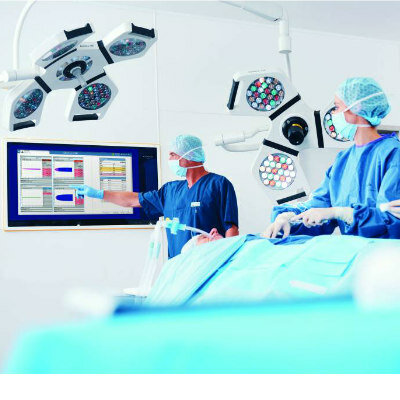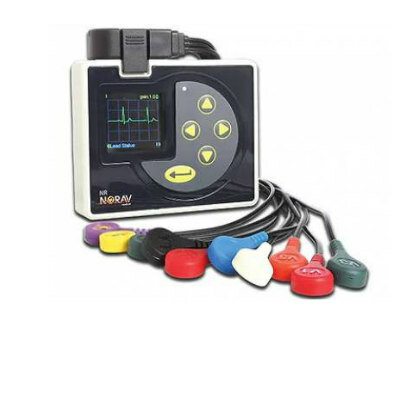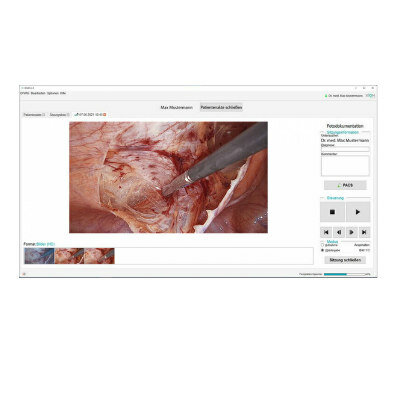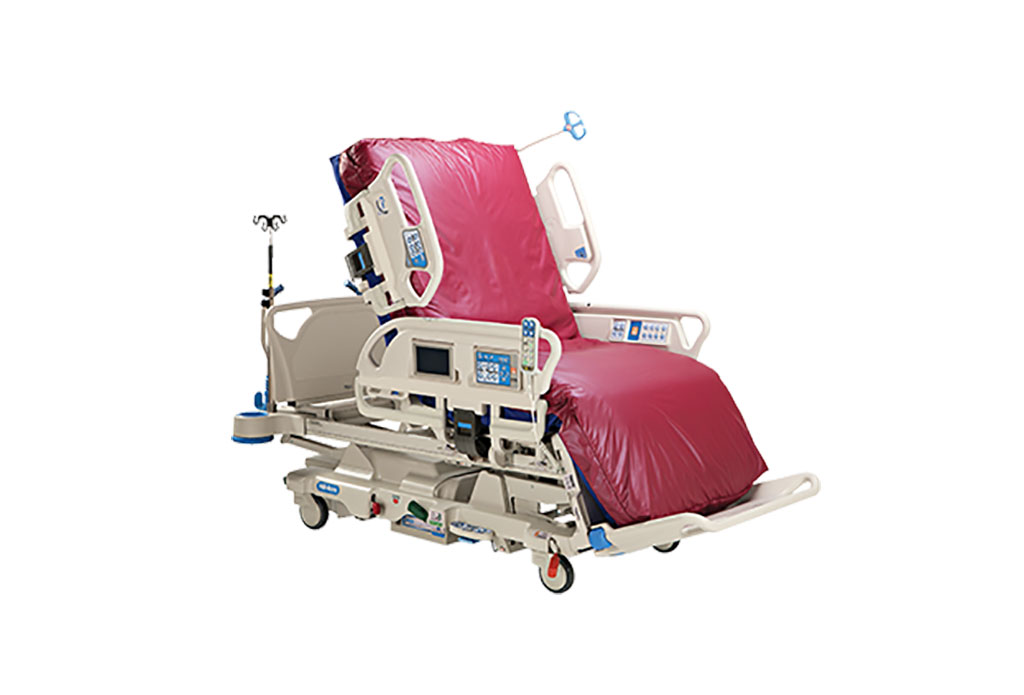Bioactive Phosphate Glasses Eradicate Nosocomial Bacteria
|
By HospiMedica International staff writers Posted on 15 Apr 2019 |

Image: Bioactive glass laced with Cobalt can kill bacterial pathogens (Photo courtesy of Aston University).
A new study describes how degradable bioactive phosphate glasses could be used as an antimicrobial delivery system, releasing biologically significant ions in a controlled manner.
Researchers at Aston University (Birmingham, United Kingdom), the University of Birmingham (UB; United Kingdom), and other institutions used a centuries-old glass staining technique to lace glace with varying concentrations of cobalt, which are then ground to a fine powder. The bioactive glasses provide a controlled release of antimicrobial ions as they dissolve; at the highest concentration, the glass completely eradicated E. coli in a Petri dish in six hours, C. albicans within 24 hours, and S. aureus levels were reduced by 99% after 24 hours.
The cobalt oxide ions cause strong, time dependent, and strain specific antimicrobial activity of the glasses against microorganisms when in direct contact, causing bacterial cell wall membranes to burst. The metallic ions also leach out of the glass, killing bacteria not in direct contact, but to a lesser degree. In other studies, similar anti-bacterial qualities have been observed in bioactive glasses laced with other metals, including copper, zinc, and silver. The study was published in the January 2019 issue of ACS Biomaterials Science and Engineering.
“With the rise of antimicrobial resistance, these glasses have the potential to radically transform how we guard against common hospital infections, because if we can stop the bacteria from multiplying it negates the need for heavy doses of antibiotics,” said senior author Richard Martin, PhD, of Aston University. “This would be good news for patients, who would be at a much-reduced risk of contracting a potentially life-threatening infection during a hospital stay, but also good for healthcare systems, which could make more judicious use of antibiotics and prevent costly unplanned hospital stays.”
Hospital acquired infections (HAIs) are defined as those occurring 48 hours after admission, within three days of discharge, or within 30 days of surgery. They can be caused by organisms lurking on the bodies or clothing of healthcare workers and on hospital surfaces such as doorknobs, curtains, and furniture. Resistant bacteria such as methicillin-resistant Staphylococcus aureus (MRSA), erythromycin-resistant Enterococcus, and carbapenem-resistant Enterobacteriaceae acerbate the problem.
Related Links:
Aston University
University of Birmingham
Researchers at Aston University (Birmingham, United Kingdom), the University of Birmingham (UB; United Kingdom), and other institutions used a centuries-old glass staining technique to lace glace with varying concentrations of cobalt, which are then ground to a fine powder. The bioactive glasses provide a controlled release of antimicrobial ions as they dissolve; at the highest concentration, the glass completely eradicated E. coli in a Petri dish in six hours, C. albicans within 24 hours, and S. aureus levels were reduced by 99% after 24 hours.
The cobalt oxide ions cause strong, time dependent, and strain specific antimicrobial activity of the glasses against microorganisms when in direct contact, causing bacterial cell wall membranes to burst. The metallic ions also leach out of the glass, killing bacteria not in direct contact, but to a lesser degree. In other studies, similar anti-bacterial qualities have been observed in bioactive glasses laced with other metals, including copper, zinc, and silver. The study was published in the January 2019 issue of ACS Biomaterials Science and Engineering.
“With the rise of antimicrobial resistance, these glasses have the potential to radically transform how we guard against common hospital infections, because if we can stop the bacteria from multiplying it negates the need for heavy doses of antibiotics,” said senior author Richard Martin, PhD, of Aston University. “This would be good news for patients, who would be at a much-reduced risk of contracting a potentially life-threatening infection during a hospital stay, but also good for healthcare systems, which could make more judicious use of antibiotics and prevent costly unplanned hospital stays.”
Hospital acquired infections (HAIs) are defined as those occurring 48 hours after admission, within three days of discharge, or within 30 days of surgery. They can be caused by organisms lurking on the bodies or clothing of healthcare workers and on hospital surfaces such as doorknobs, curtains, and furniture. Resistant bacteria such as methicillin-resistant Staphylococcus aureus (MRSA), erythromycin-resistant Enterococcus, and carbapenem-resistant Enterobacteriaceae acerbate the problem.
Related Links:
Aston University
University of Birmingham
Latest Critical Care News
- Powerful AI Risk Assessment Tool Predicts Outcomes in Heart Failure Patients
- Peptide-Based Hydrogels Repair Damaged Organs and Tissues On-The-Spot
- One-Hour Endoscopic Procedure Could Eliminate Need for Insulin for Type 2 Diabetes
- AI Can Prioritize Emergency Department Patients Requiring Urgent Treatment
- AI to Improve Diagnosis of Atrial Fibrillation
- Stretchable Microneedles to Help In Accurate Tracking of Abnormalities and Identifying Rapid Treatment
- Machine Learning Tool Identifies Rare, Undiagnosed Immune Disorders from Patient EHRs
- On-Skin Wearable Bioelectronic Device Paves Way for Intelligent Implants
- First-Of-Its-Kind Dissolvable Stent to Improve Outcomes for Patients with Severe PAD
- AI Brain-Age Estimation Technology Uses EEG Scans to Screen for Degenerative Diseases
- Wheeze-Counting Wearable Device Monitors Patient's Breathing In Real Time
- Wearable Multiplex Biosensors Could Revolutionize COPD Management
- New Low-Energy Defibrillation Method Controls Cardiac Arrhythmias
- New Machine Learning Models Help Predict Heart Disease Risk in Women
- Deep-Learning Model Predicts Arrhythmia 30 Minutes before Onset
- Breakthrough Technology Combines Detection and Treatment of Nerve-Related Disorders in Single Procedure
Channels
Artificial Intelligence
view channel
AI-Powered Algorithm to Revolutionize Detection of Atrial Fibrillation
Atrial fibrillation (AFib), a condition characterized by an irregular and often rapid heart rate, is linked to increased risks of stroke and heart failure. This is because the irregular heartbeat in AFib... Read more
AI Diagnostic Tool Accurately Detects Valvular Disorders Often Missed by Doctors
Doctors generally use stethoscopes to listen for the characteristic lub-dub sounds made by heart valves opening and closing. They also listen for less prominent sounds that indicate problems with these valves.... Read moreSurgical Techniques
view channel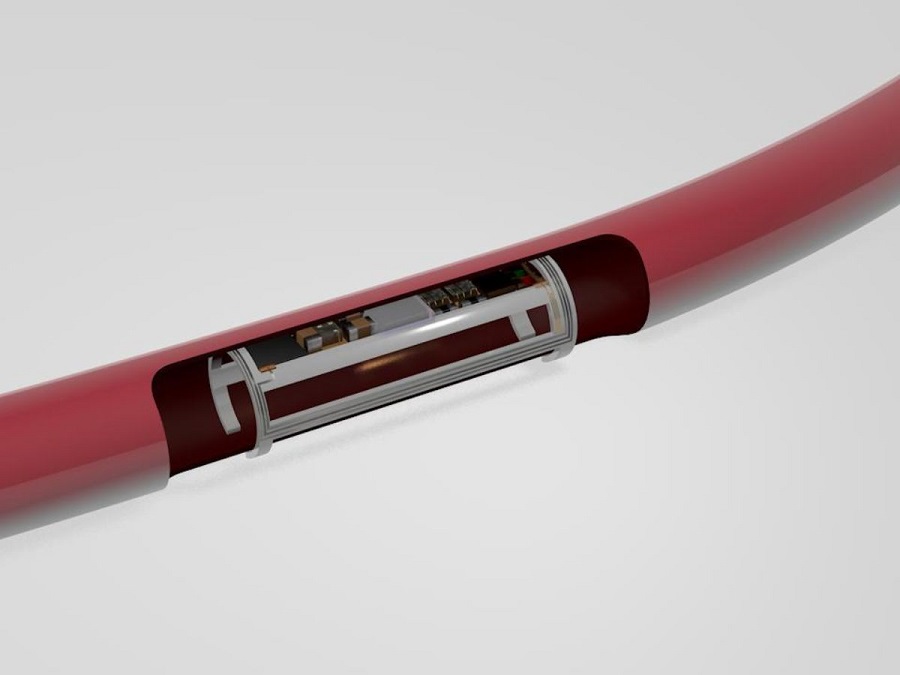
Miniaturized Implantable Multi-Sensors Device to Monitor Vessels Health
Researchers have embarked on a project to develop a multi-sensing device that can be implanted into blood vessels like peripheral veins or arteries to monitor a range of bodily parameters and overall health status.... Read more
Tiny Robots Made Out Of Carbon Could Conduct Colonoscopy, Pelvic Exam or Blood Test
Researchers at the University of Alberta (Edmonton, AB, Canada) are developing cutting-edge robots so tiny that they are invisible to the naked eye but are capable of traveling through the human body to... Read more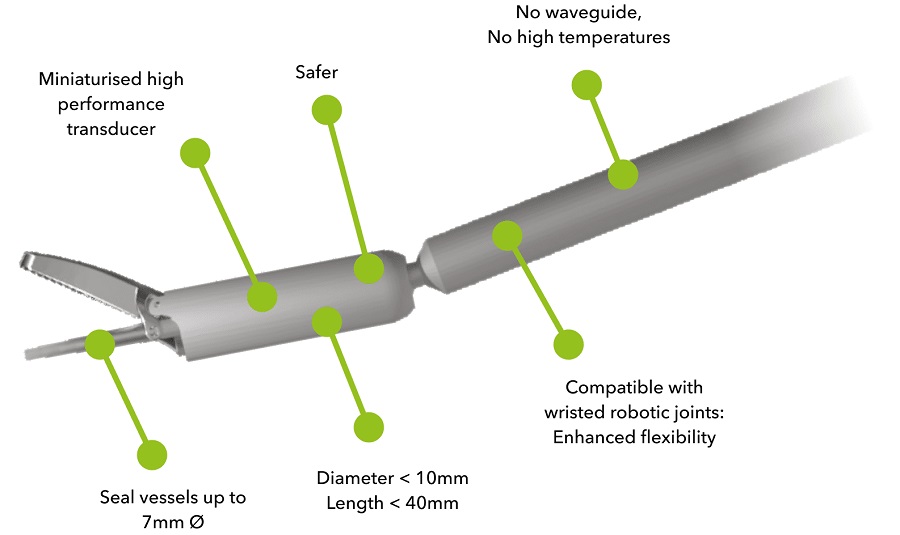
Miniaturized Ultrasonic Scalpel Enables Faster and Safer Robotic-Assisted Surgery
Robot-assisted surgery (RAS) has gained significant popularity in recent years and is now extensively used across various surgical fields such as urology, gynecology, and cardiology. These surgeries, performed... Read morePatient Care
view channelFirst-Of-Its-Kind Portable Germicidal Light Technology Disinfects High-Touch Clinical Surfaces in Seconds
Reducing healthcare-acquired infections (HAIs) remains a pressing issue within global healthcare systems. In the United States alone, 1.7 million patients contract HAIs annually, leading to approximately... Read more
Surgical Capacity Optimization Solution Helps Hospitals Boost OR Utilization
An innovative solution has the capability to transform surgical capacity utilization by targeting the root cause of surgical block time inefficiencies. Fujitsu Limited’s (Tokyo, Japan) Surgical Capacity... Read more
Game-Changing Innovation in Surgical Instrument Sterilization Significantly Improves OR Throughput
A groundbreaking innovation enables hospitals to significantly improve instrument processing time and throughput in operating rooms (ORs) and sterile processing departments. Turbett Surgical, Inc.... Read moreHealth IT
view channel
Machine Learning Model Improves Mortality Risk Prediction for Cardiac Surgery Patients
Machine learning algorithms have been deployed to create predictive models in various medical fields, with some demonstrating improved outcomes compared to their standard-of-care counterparts.... Read more
Strategic Collaboration to Develop and Integrate Generative AI into Healthcare
Top industry experts have underscored the immediate requirement for healthcare systems and hospitals to respond to severe cost and margin pressures. Close to half of U.S. hospitals ended 2022 in the red... Read more
AI-Enabled Operating Rooms Solution Helps Hospitals Maximize Utilization and Unlock Capacity
For healthcare organizations, optimizing operating room (OR) utilization during prime time hours is a complex challenge. Surgeons and clinics face difficulties in finding available slots for booking cases,... Read more
AI Predicts Pancreatic Cancer Three Years before Diagnosis from Patients’ Medical Records
Screening for common cancers like breast, cervix, and prostate cancer relies on relatively simple and highly effective techniques, such as mammograms, Pap smears, and blood tests. These methods have revolutionized... Read morePoint of Care
view channel
Critical Bleeding Management System to Help Hospitals Further Standardize Viscoelastic Testing
Surgical procedures are often accompanied by significant blood loss and the subsequent high likelihood of the need for allogeneic blood transfusions. These transfusions, while critical, are linked to various... Read more
Point of Care HIV Test Enables Early Infection Diagnosis for Infants
Early diagnosis and initiation of treatment are crucial for the survival of infants infected with HIV (human immunodeficiency virus). Without treatment, approximately 50% of infants who acquire HIV during... Read more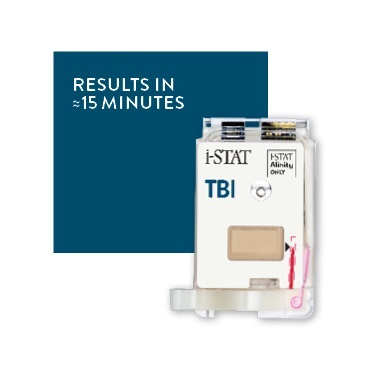
Whole Blood Rapid Test Aids Assessment of Concussion at Patient's Bedside
In the United States annually, approximately five million individuals seek emergency department care for traumatic brain injuries (TBIs), yet over half of those suspecting a concussion may never get it checked.... Read more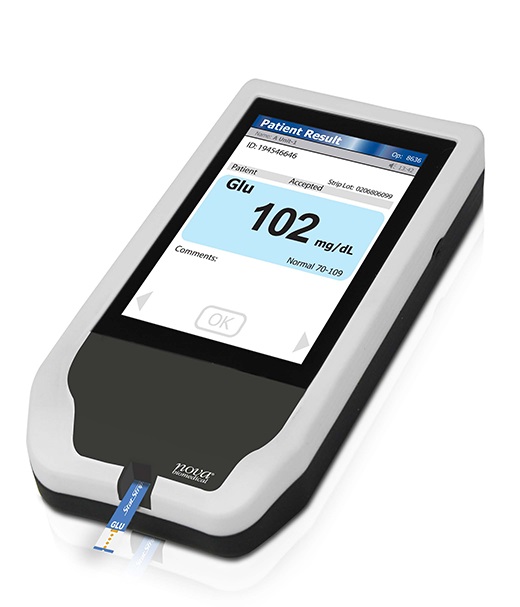
New Generation Glucose Hospital Meter System Ensures Accurate, Interference-Free and Safe Use
A new generation glucose hospital meter system now comes with several features that make hospital glucose testing easier and more secure while continuing to offer accuracy, freedom from interference, and... Read moreBusiness
view channel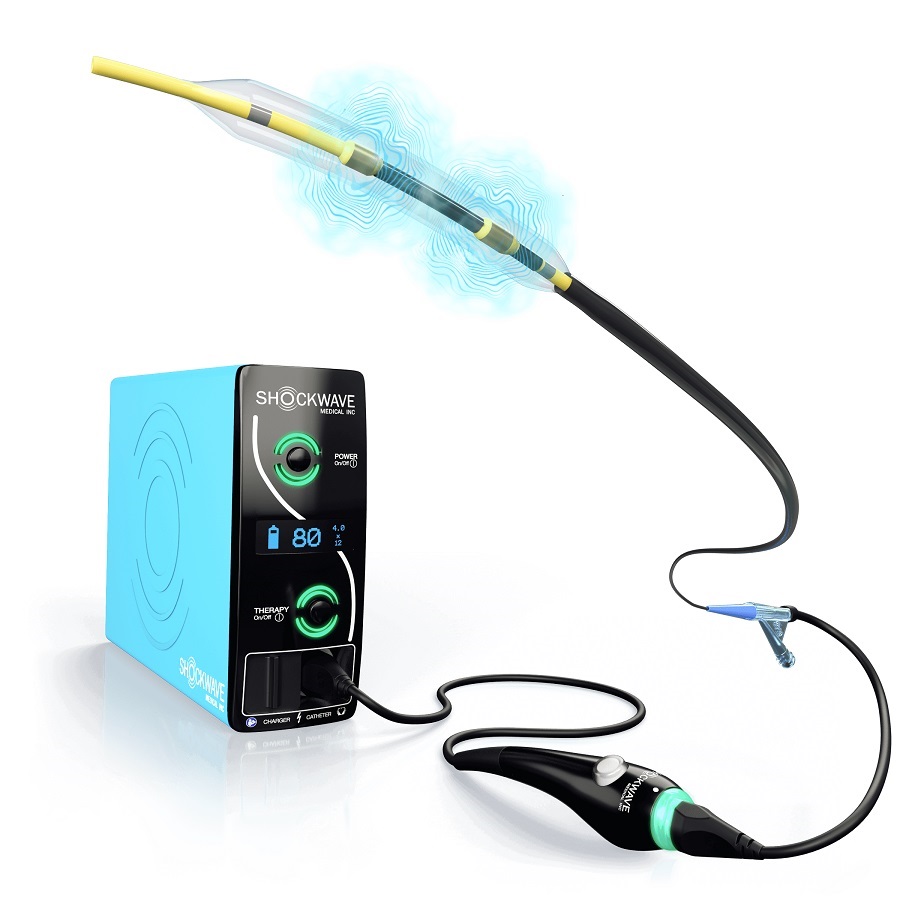
Johnson & Johnson Acquires Cardiovascular Medical Device Company Shockwave Medical
Johnson & Johnson (New Brunswick, N.J., USA) and Shockwave Medical (Santa Clara, CA, USA) have entered into a definitive agreement under which Johnson & Johnson will acquire all of Shockwave’s... Read more




